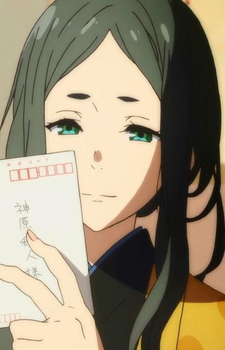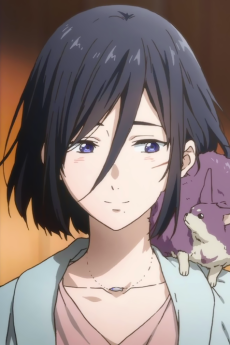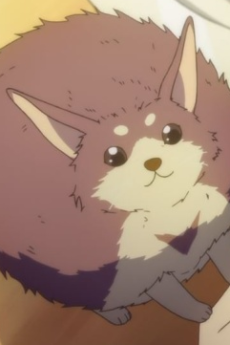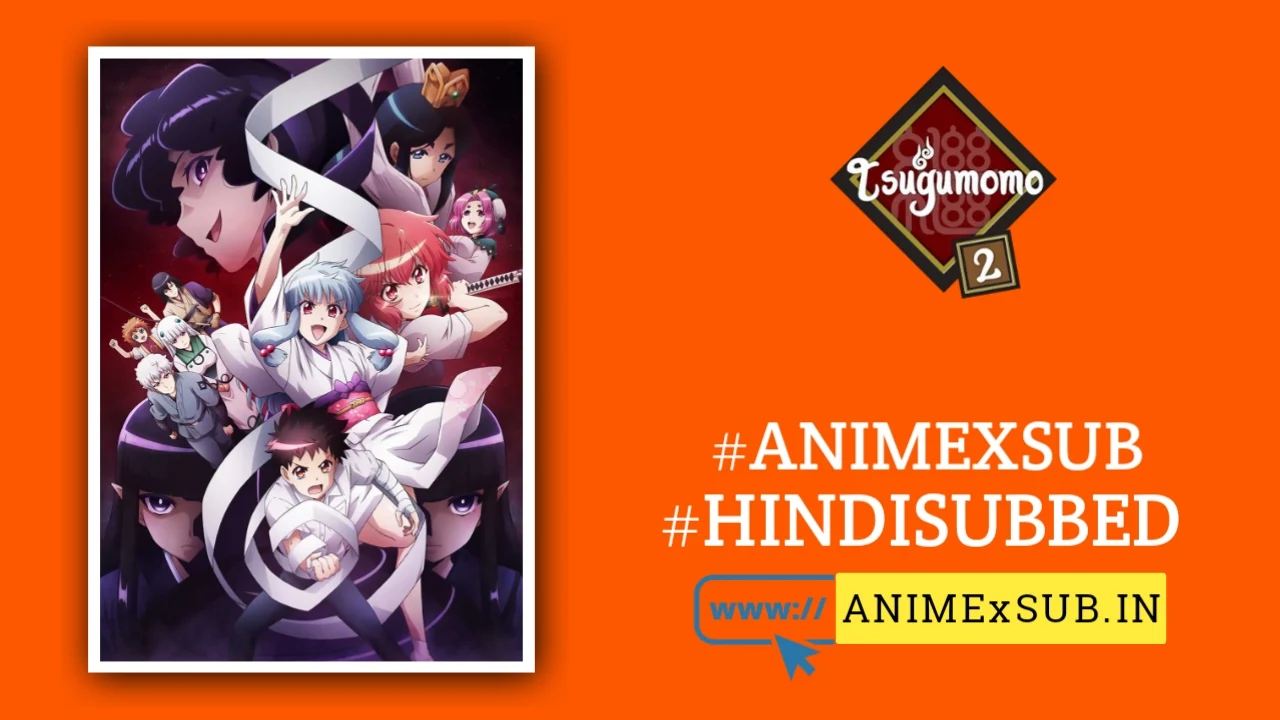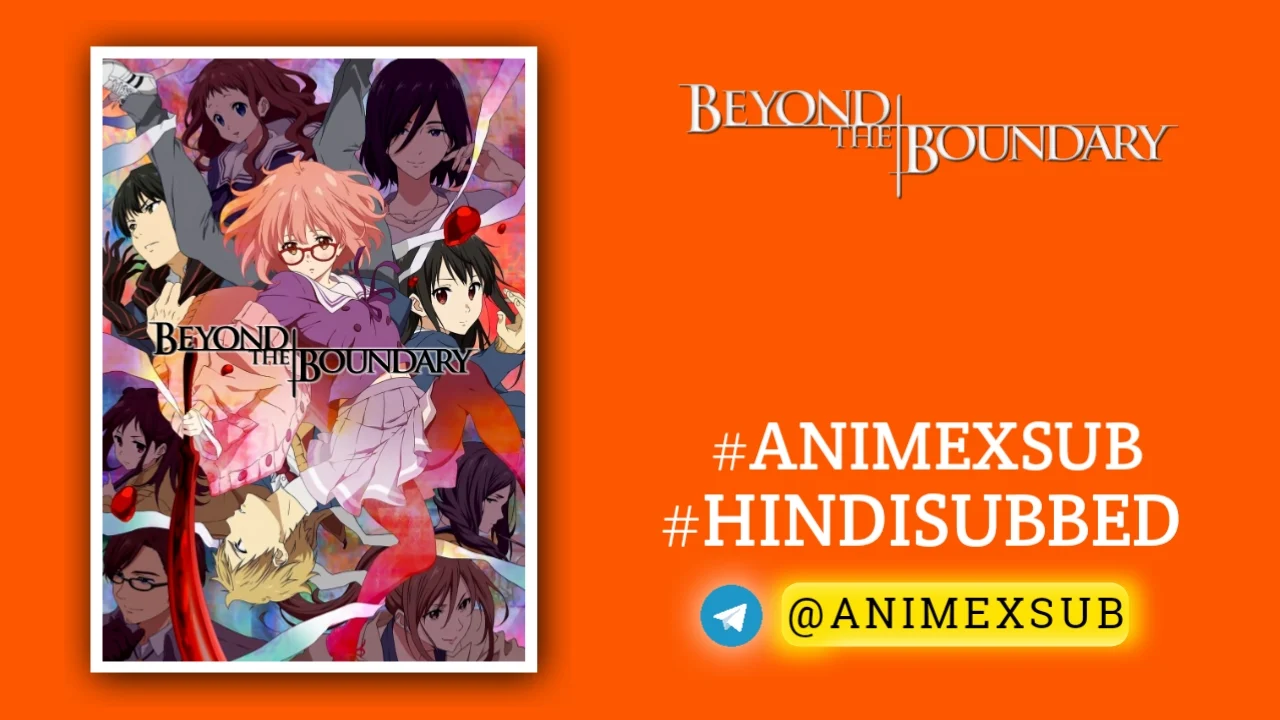
Beyond the Boundary Hindi Subbed [12/12] | Kyoukai no Kanata Hindi Sub!!
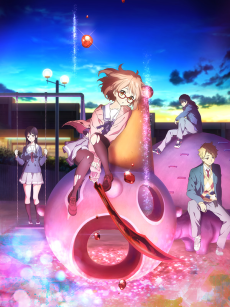
Kyoukai no Kanata
Beyond the BoundarySynopsis
They should never have met. They shouldn't even exist. But when they come together, the entire world will change. The last surviving member of her clan, Mirai Kuriyama is cursed with the terrifying ability to control and manipulate blood, a power so heretical that she is shunned even by those with the ability to understand her "gift". Akihito Kanbara is only half human, but while the monstrous other half of his lineage seems to have doomed him to a life alone, it has also given him near invulnerability in the form of rapid healing. Alone, their futures seem bleak, but when a chance encounter brings them together, it becomes clear that they share more than just an unexpected bond. Together they share a destiny and a mission that only the two of them together may be strong enough to survive. (Source: Sentai Filmworks)
Watch Trailer
Characters
Beyond the Boundary Season 1: A Tapestry of Emotion and Ambition Woven with Flaws
Beyond the Boundary (Kyōkai no Kanata), a 2013 anime from Kyoto Animation, is a curious artifact in the studio’s storied catalog. Known for their mastery of slice-of-life charm (K-On!, Tamako Market) and emotional depth (Clannad), Kyoto Animation ventures into darker, more ambitious territory with this supernatural fantasy. Season 1, comprising 12 episodes, blends urban fantasy, psychological drama, and heartfelt character exploration, but its bold aspirations sometimes trip over its own narrative complexity. This review delves into the series’ unique strengths, its stumbles, and the enigmatic allure that makes it both compelling and divisive, offering a fresh lens on its thematic and artistic contributions.
A World of Dreams and Demons
Set in a modern-day Japan where supernatural creatures called Youmu—manifestations of human negativity—lurk unseen, Beyond the Boundary introduces a delicate balance between the mundane and the mystical. The story centers on Akihito Kanbara, a half-human, half-Youmu high schooler who is immortal due to his rapid healing, and Mirai Kuriyama, a Spirit World Warrior with the rare, stigmatized ability to manipulate her blood into weapons. Their chance encounter on a school rooftop, where Akihito prevents what appears to be Mirai’s suicide attempt (only to be stabbed by her blood-forged sword), sets the stage for a relationship that oscillates between tender camaraderie and existential dread.
The world-building is one of the series’ most intriguing aspects. Youmu are not just monsters but embodiments of human despair, feeding on chaos and requiring Spirit World Warriors to hunt them for bounties. This setup creates a moral grayness: warriors like Mirai are both protectors and mercenaries, while Akihito’s dual nature makes him a potential threat under surveillance by the powerful Nase clan. The concept of Youmu as emotional residue adds a psychological layer, hinting at a world where inner turmoil shapes external reality—a theme the series explores but never fully unpacks.
Visual and Auditory Splendor
Kyoto Animation’s reputation for visual excellence is on full display. Beyond the Boundary is a feast of vibrant colors, fluid animation, and meticulous detail. Fight scenes, particularly those showcasing Mirai’s blood-sword, are kinetic and visceral, with a balletic quality that elevates them beyond mere spectacle. The Youmu designs are strikingly varied, from ethereal wisps to grotesque titans, each radiating menace. The town of Kashihara feels alive, its cherry blossoms and twilight skies grounding the supernatural in a tangible sense of place. The abstract, dreamlike sequences—especially in the series’ climactic episodes—push the boundaries of anime visuals, blending surreal imagery with emotional weight.
The soundtrack, composed by Hikaru Nanase, complements this aesthetic. While not overflowing with standout tracks, it weaves atmospheric tension and quiet melancholy, enhancing the series’ tonal shifts. The opening theme, “Kyōkai no Kanata” by Minori Chihara, is hauntingly energetic, and the ending, “Daisy” by Stereo Dive Foundation, carries a wistful elegance that lingers. The voice acting, particularly Risa Taneda’s nuanced portrayal of Mirai’s vulnerability and Kenn’s layered performance as Akihito, grounds the characters’ emotional arcs. The English dub, while serviceable, lacks the same depth, with some performances feeling flat compared to the Japanese original.
Characters: Strengths and Stumbles
The heart of Beyond the Boundary lies in its characters, particularly Akihito and Mirai. Akihito is a refreshing protagonist—not a typical shonen hero but a self-aware, glasses-obsessed goofball masking a deep fear of his uncontrollable Youmu half, known as “Beyond the Boundary” for its apocalyptic potential. Mirai, meanwhile, is a study in contrasts: her clumsy, socially awkward demeanor hides a tragic past and a cursed ability that isolates her even among other warriors. Their chemistry—built on witty banter, mutual support, and shared trauma—is the series’ emotional anchor. Mirai’s habit of cleaning her glasses when nervous and Akihito’s playful teasing create moments of levity that balance the darker themes.
Supporting characters, like the Nase siblings Mitsuki and Hiroomi, add depth but occasionally falter. Mitsuki, voiced by Minori Chihara, is a sharp-tongued literary club president whose teasing hides a longing for connection, shaped by her clan’s rigid expectations. Hiroomi, with his sister complex and cool-headed pragmatism, provides comic relief and tension as Akihito’s overseer. However, their backstories feel underexplored, and other side characters, like Ai Shindō and Sakura Inami, are underdeveloped, serving more as plot devices than fully realized figures.
The series’ attempt to juggle multiple character arcs within 12 episodes is a double-edged sword. While Akihito and Mirai’s growth—learning to embrace their identities and find belonging—is affecting, the pacing stumbles in the early episodes, which meander with slice-of-life antics before rushing into a dense, lore-heavy climax. This uneven rhythm leaves some emotional beats underdeveloped and the world’s rules murky.
Thematic Ambition and Narrative Flaws
Beyond the Boundary grapples with profound themes: isolation, the burden of power, and the search for purpose in a world that rejects you. Akihito and Mirai’s parallel struggles—his fear of losing control, her shame over her blood-based abilities—create a poignant narrative of two outcasts finding solace in each other. The series subtly critiques societal exclusion, with Mirai’s ostracism echoing real-world prejudice and Akihito’s monitored existence reflecting the cost of being “different.” These themes resonate most in quieter moments, like Mirai’s hesitant confessions or Akihito’s guarded optimism.
Yet, the series’ ambition outstrips its execution. The plot introduces complex elements—Youmu dreamstones, the Nase clan’s politics, and the titular “Beyond the Boundary” as a cosmic entity—but doesn’t always clarify their stakes. The final episodes, while visually stunning, lean on convoluted metaphysics and a rushed resolution that undermines the emotional payoff. Critics have noted the ending’s pivot toward a “happy” conclusion feels forced, sacrificing narrative coherence for closure. The lack of a clear overarching conflict in the early episodes also risks alienating viewers expecting a tighter story.
Compared to other genre-blending anime like InuYasha or Persona, Beyond the Boundary struggles to balance its supernatural action with its slice-of-life roots. It’s neither a full-throttle shonen nor a pure drama, and this hybridity, while innovative, leaves it feeling incomplete. A second season or additional episodes might have fleshed out its world and characters, but as a standalone, it’s a beautiful yet flawed experiment.
A Divisive Gem
Beyond the Boundary Season 1 is a paradox: a visually dazzling, emotionally rich series that doesn’t quite reach its lofty goals. Its strengths—stunning animation, compelling leads, and a unique blend of humor and horror—make it a standout in Kyoto Animation’s oeuvre. Yet, its uneven pacing, underdeveloped side characters, and murky plot points prevent it from achieving masterpiece status. For fans of dark fantasy with a human core, it’s a rewarding watch, especially for those who value character-driven stories over airtight narratives. For others, its slow start and ambiguous ending may frustrate.
What sets Beyond the Boundary apart is its refusal to conform to genre expectations. It’s not content to be just a romance, an action series, or a high school comedy—it wants to be all of these, and while it doesn’t fully succeed, its ambition is admirable. The series’ legacy lies in its emotional sincerity and visual artistry, leaving viewers with a bittersweet aftertaste of what could have been. If you’re drawn to stories of misfits finding their place in a hauntingly beautiful world, Beyond the Boundary is worth crossing for—just don’t expect all the answers on the other side.
Support Our Anime Community!
Love watching the latest anime? Help us keep uploading new episodes by join telegram channel ❤️
Join Now!



